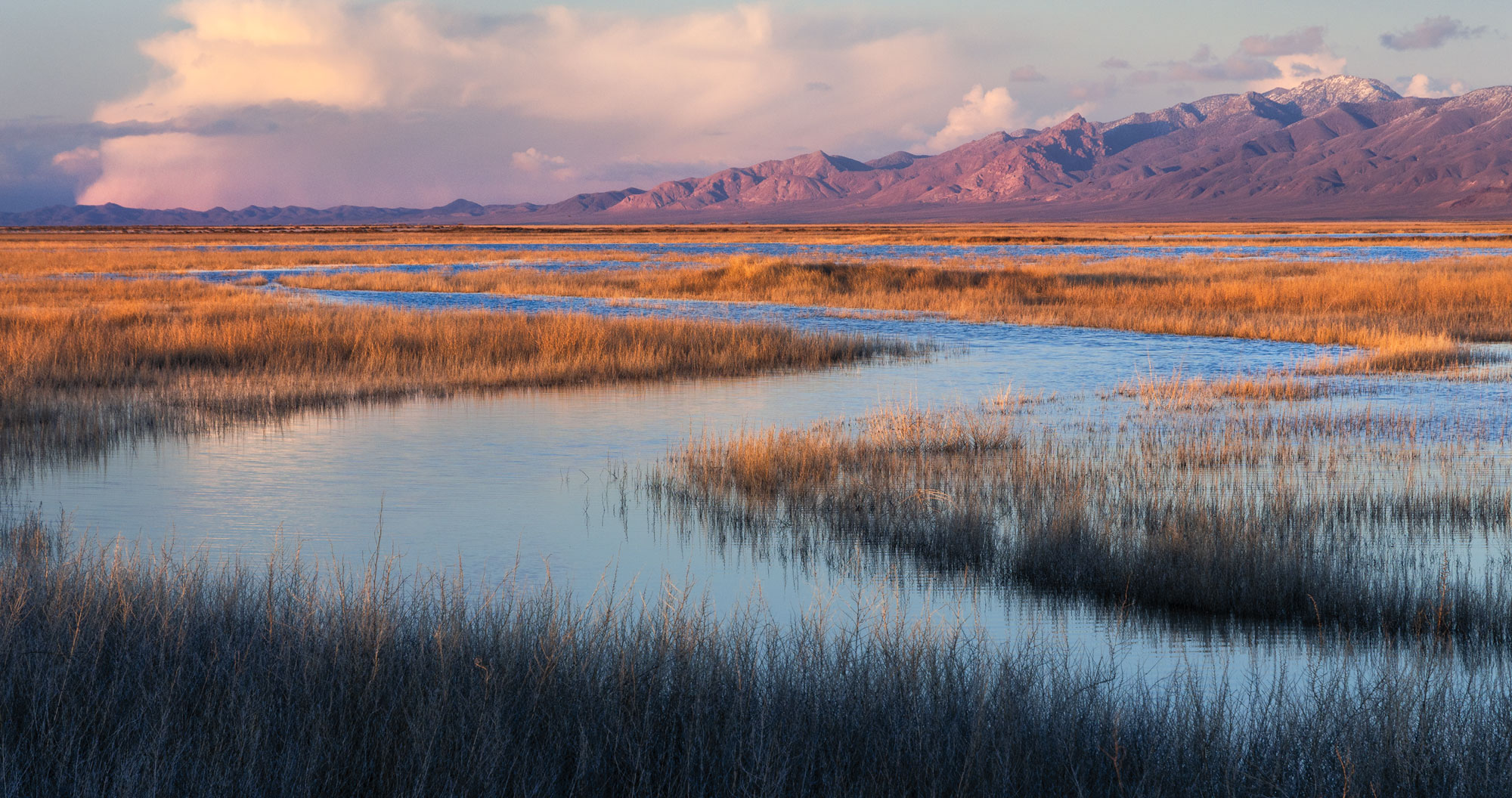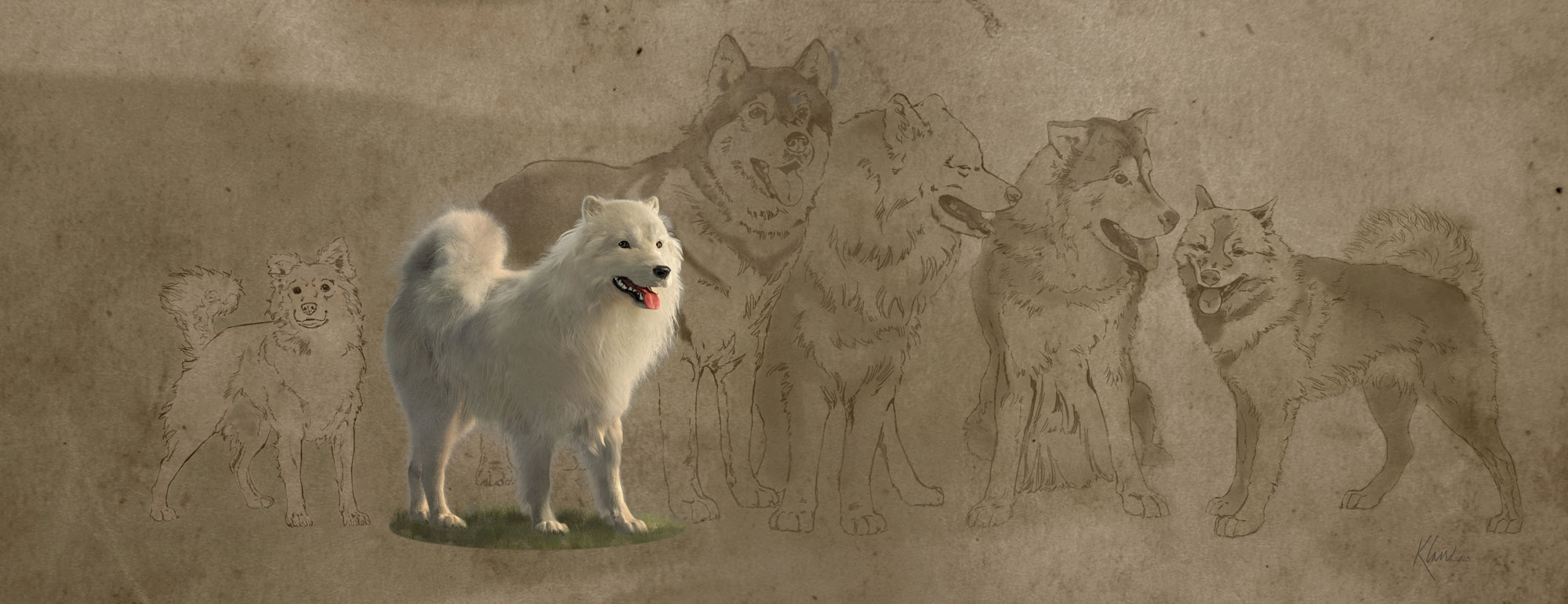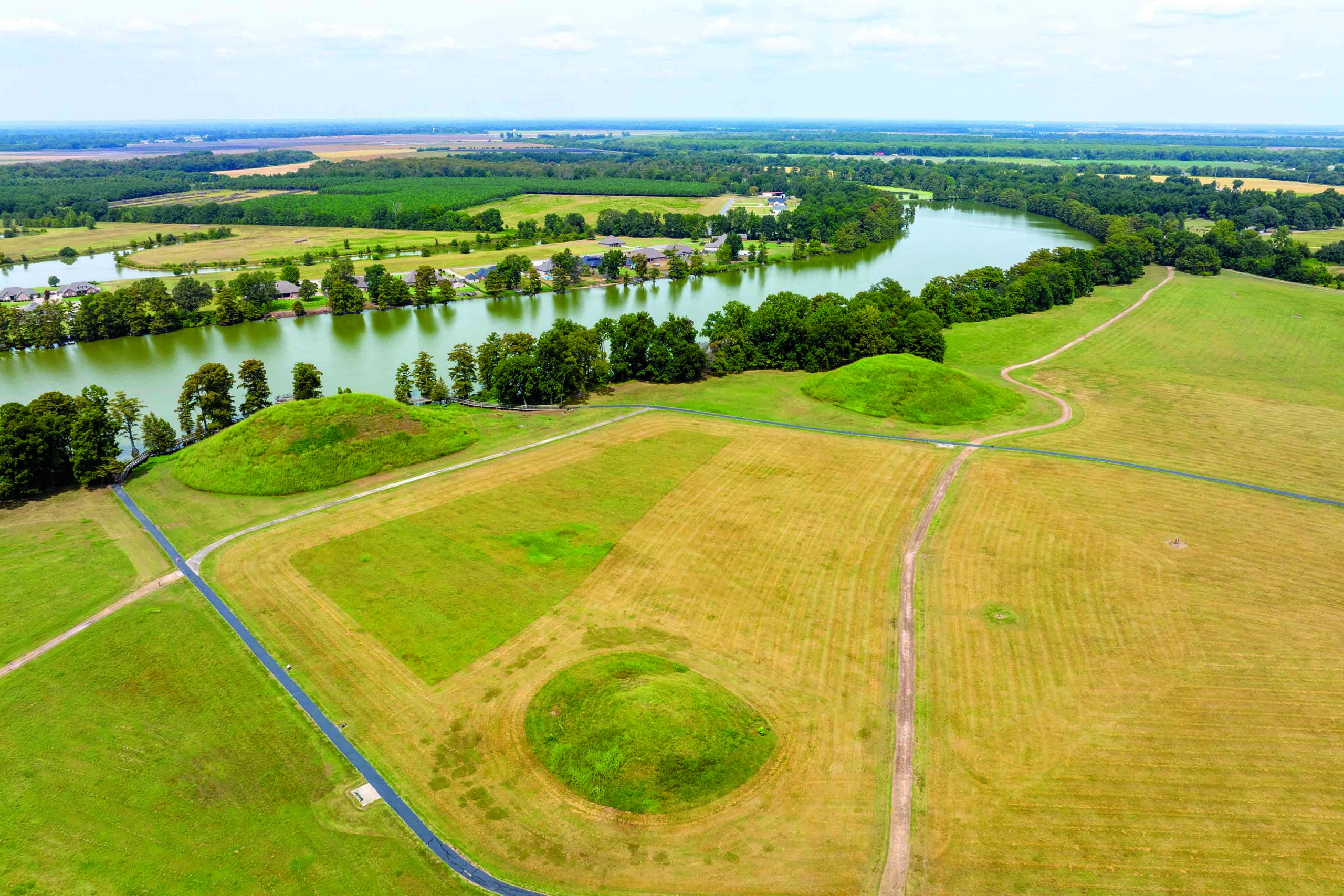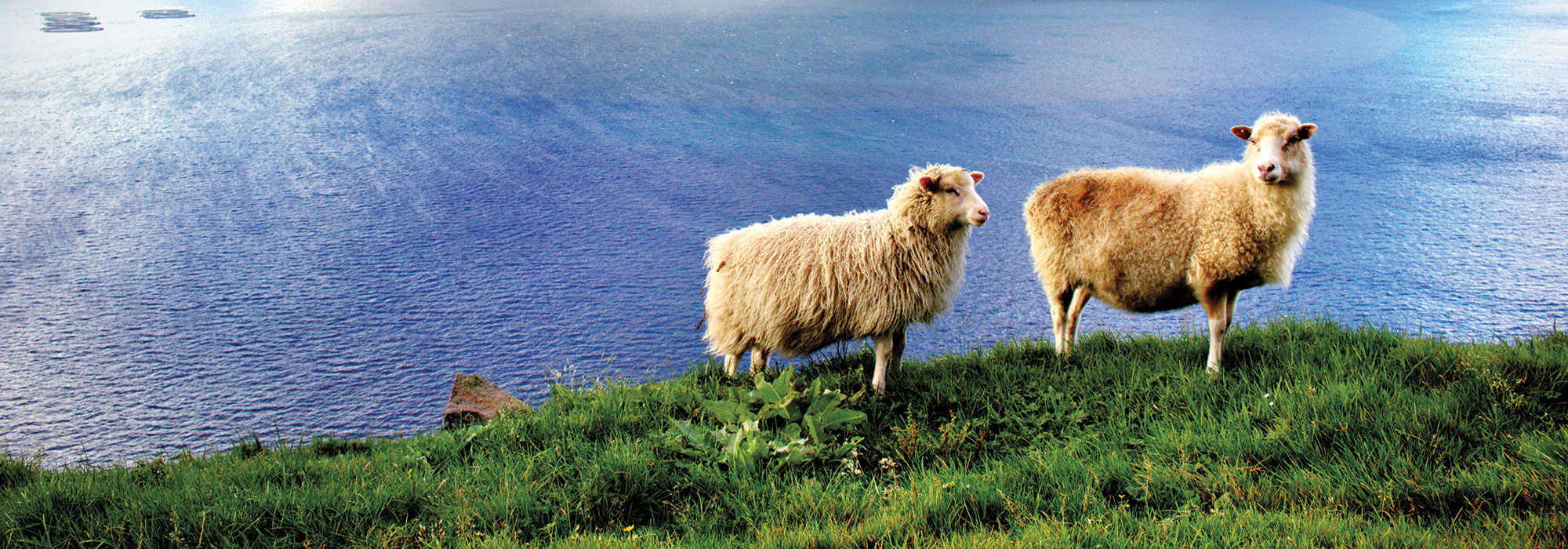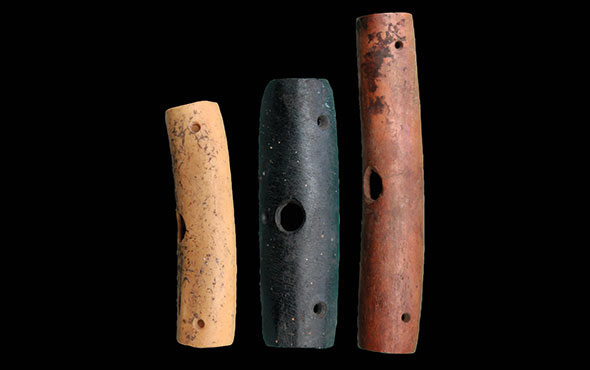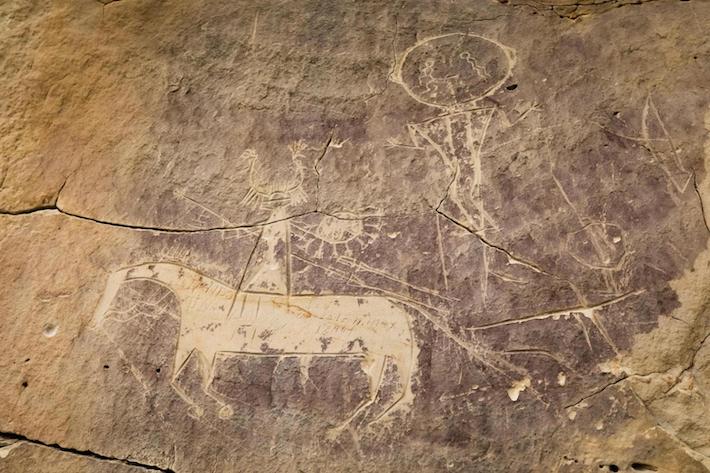
BOULDER, COLORADO—According to a statement released by the University of Colorado Boulder, Native American groups living as far north as what are now Wyoming and Idaho may have been raising and riding horses by the early seventeenth century. In contrast, European records indicate that Native Americans began caring for horses after the Pueblo Revolt of 1680, when Pueblo people living in what is now New Mexico released Spanish livestock as part of their temporary overthrew of Spanish rule. An international team of researchers, including William Taylor of the CU Museum of Natural History; geneticist Ludovic Orlando and Lakota scholar Yvette Running Horse Collin of the University of Toulouse; Chance Ward of CU Boulder; Carlton Shield Chief Gover of the Pawnee Nation of Oklahoma and the Indiana University Museum of Archaeology and Anthropology; and Jimmy Arterberry, tribal historian of the Comanche Nation in Oklahoma, analyzed and carbon dated horse remains recovered from archaeological sites across the western United States. They found that most of the older horses in the study were descended from Spanish and Iberian horses, while those descended from British horses became more common in the eighteenth and nineteenth centuries. Horses were vital to the process of buffalo hunting, and became a sign of wealth, Shield Chief Cover explained. “I don’t want to diminish the reverence and the respect we have for horses,” Arterberry added. Ward concluded that he would like to see horse remains in archaeological collections treated with more respect. “They tend to be thrown into a box or bag where they hit against each other and break,” he said. “This project is a chance for us as Native people to put our voices out there and take better care of important and sacred animals in museum collections.” Read the original scholarly article about this research in Science. For more on horses throughout history, go to "The Story of the Horse."


